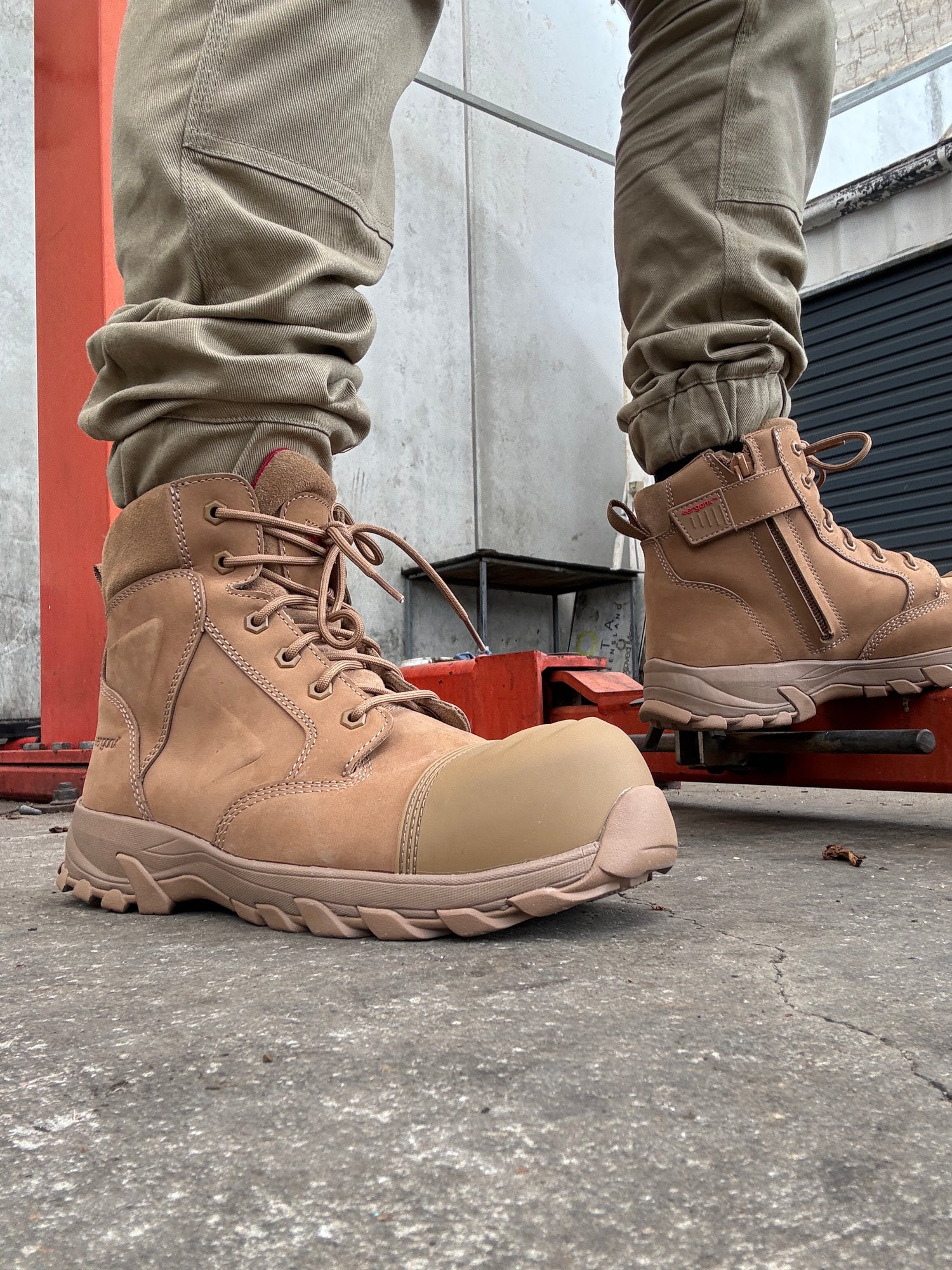Anti-Static Work Boots – What Are They and How Do They Work
In today’s rapidly evolving industrial landscape, worker safety remains a paramount concern. Among the many protective measures implemented, one key aspect is the use of specialized footwear, such as anti-static work boots.
In this article, we delve into the world of anti-static work boots and explore their purpose, functionality, and significance in various workplaces. Join us as we uncover the science behind these boots, their role in preventing static build-up, and their crucial importance in hazardous environments.

The Dangers of Static
Imagine getting out of your car and experiencing a sudden static discharge when you touch the door handle. That same phenomenon occurs when two objects rub against each other, creating friction that separates electrons and leads to a charge differential. This build-up of static electricity can have serious consequences in certain work environments.
Industries such as airport refuelling, vehicle maintenance, and those dealing with fine powders or combustible materials require additional precautions to prevent potential disasters caused by static sparks. Even a small spark in such conditions can ignite highly flammable substances, leading to explosions or fires.

The Purpose of Anti-Static Work Boots
Anti-static work boots are designed specifically to combat the risks associated with static electricity build-up. By incorporating anti-static features, these boots help dissipate any charge that accumulates on the body or within the boots. The primary objective is to prevent a sudden discharge event that could potentially ignite a hazardous environment.
Anti-static work boots function by effectively grounding the charge that builds up during work activities involving friction. The boots are equipped with specialized components, such as an anti-static insole and an anti-static pad.
The insole features sections that come into contact with the foot, allowing the charge to flow through and reach the front section of the boot, where the anti-static pad is located. This pad acts as a conduit, further ensuring the charge is dissipated towards the ground.
When Do We Need Anti-Static Boots?
The significance of anti-static work boots becomes apparent when considering the potential risks in certain industries. Workers involved in airport refuelling, handling fine powders, or working with combustible materials are particularly vulnerable to static discharge accidents. A single spark can have catastrophic consequences. By wearing anti-static work boots, employees minimize the risk of static build-up and discharge, reducing the chances of accidents, fires, or explosions.

Some Final Thoughts
In hazardous work environments, such as those involving flammable substances or fine powders, anti-static work boots play a vital role in safeguarding workers and preventing catastrophic incidents.
By understanding the science behind static electricity build-up and how anti-static work boots function, employers and employees can take proactive measures to enhance workplace safety. Investing in appropriate protective gear, including anti-static work boots, should be a priority to mitigate the potential dangers posed by static electricity in specific work settings.
If you have any questions regarding anti-static boots and whether they are right for you, please comment below!


